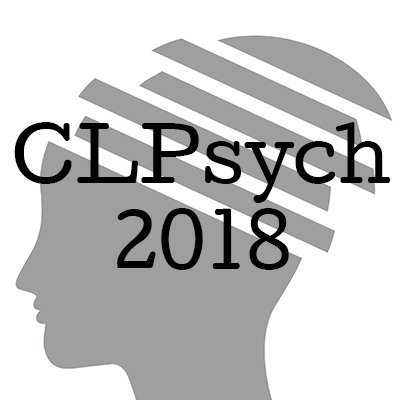Publications
Full list on Google Scholar
On the Complementarity of Data Selection and Fine Tuning for Domain Adaptation [PDF]
Dan Iter, David Grangier
Preprint
The Trade-offs of Domain Adaptation for Neural Language Models [PDF]
David Grangier, Dan Iter
Preprint
Focus on what matters: Applying Discourse Coherence Theory to Cross Document Coreference [PDF]
William Held, Dan Iter, Dan Jurafsky
EMNLP 2021
Pretraining with Contrastive Sentence Objectives Improves Discourse Performance of Language Models [PDF]
Dan Iter, Kelvin Guu, Larry Lansing, Dan Jurafsky
ACL 2020
Entity Attribute Relation Extraction with Attribute-Aware Embeddings [PDF]
Dan Iter, Xiao Yu, Fangtao Li
EMNLP - DeeLIO 2020
From Laptop to Lambda: Outsourcing Everyday Jobs to Thousands of Transient Functional Containers [PDF]
Sadjad Fouladi, Francisco Romero, Dan Iter, and Qian Li, Shuvo Chatterjee, Christos Kozyrakis, Matei Zaharia, and Keith Winstein
USENIX ATC 2019
FrameIt: Ontology Discovery for Noisy User-Generated Text [PDF]
Dan Iter, Alon Halevy, Wang-Chiew Tan
EMNLP - W-NUT 2018
Automatic Detection of Incoherent Speech for Diagnosing Schizophrenia [PDF]
Dan Iter, Jong H. Yoon and Dan Jurafsky
NAACL HLT - CLPsych 2018
A Thunk to Remember: make -j1000 (and other jobs) on functions-as-a-service infrastructure [PDF]
Sadjad Fouladi, Dan Iter, Shuvo Chatterjee, Christos Kozyrakis, Matei Zaharia, and Keith Winstein
(Under review, 2017)
Flipper: A Systematic Approach to Debugging Training Sets [PDF]
Paroma Varma, Dan Iter, Christopher De Sa, Christopher Ré
HILDA@SIGMOD 2017
Socratic Learning: Empowering the Generative Model [PDF]
Paroma Varma, Rose Yu, Dan Iter, Christopher De Sa, Christopher Ré
NIPS - FILM 2016
Omnivore: An Optimizer for Multi-device Deep Learning on CPUs and GPUs [PDF]
Stefan Hadjis, Ce Zhang, Ioannis Mitliagkas, Dan Iter, Christopher Ré
CoRR - arXiv:1606.04487
Identifying Content for Planned Event Across Social Media Sites [PDF]
Hila Becker, Dan Iter, Mor Naaman, Luis Gravano
WSDM 2012
Automatic Identification and Presentation of Twitter Content for Planned Events [PDF]
Hila Becker, Feiyang Chen, Dan Iter, Mor Naaman, Luis Gravano
ICWSM - Weblogs and Social Media 2011










